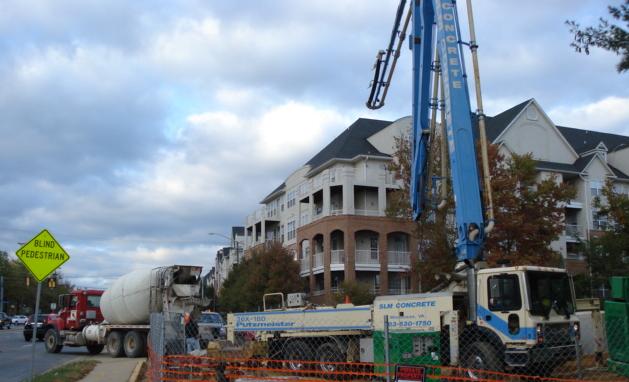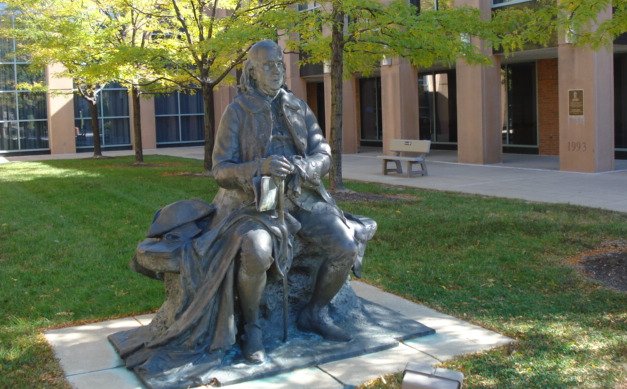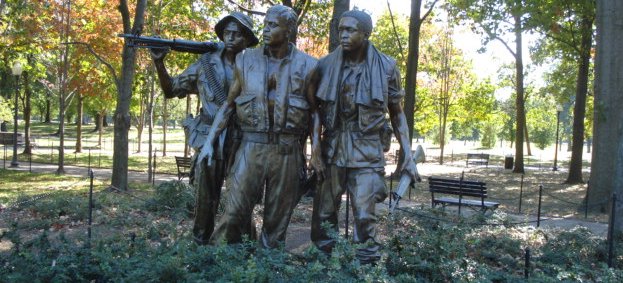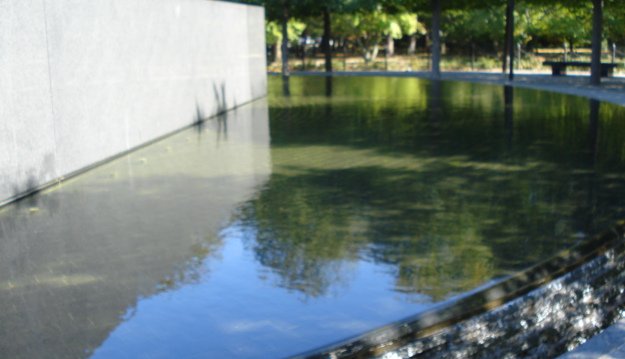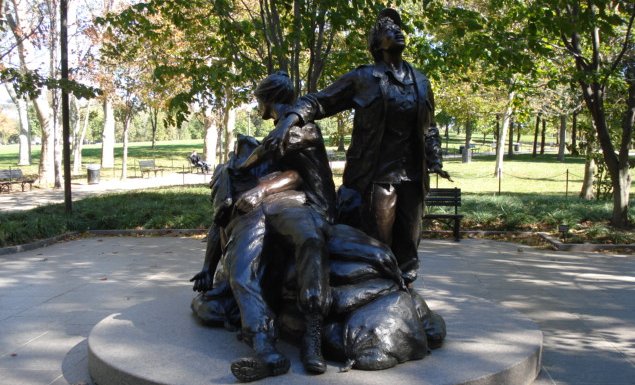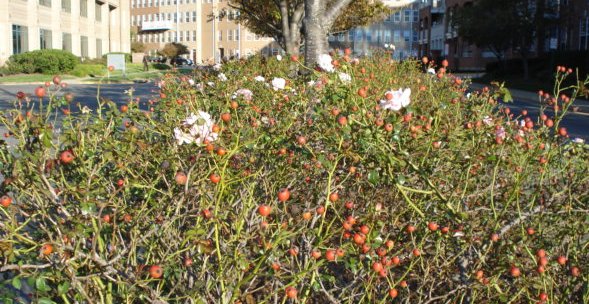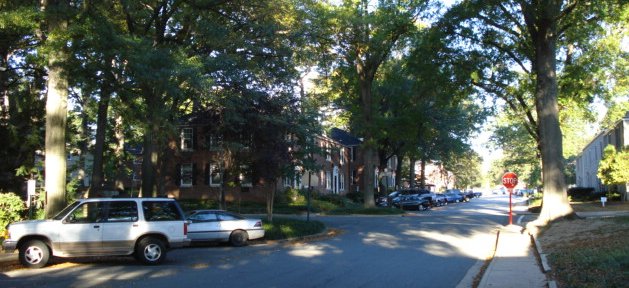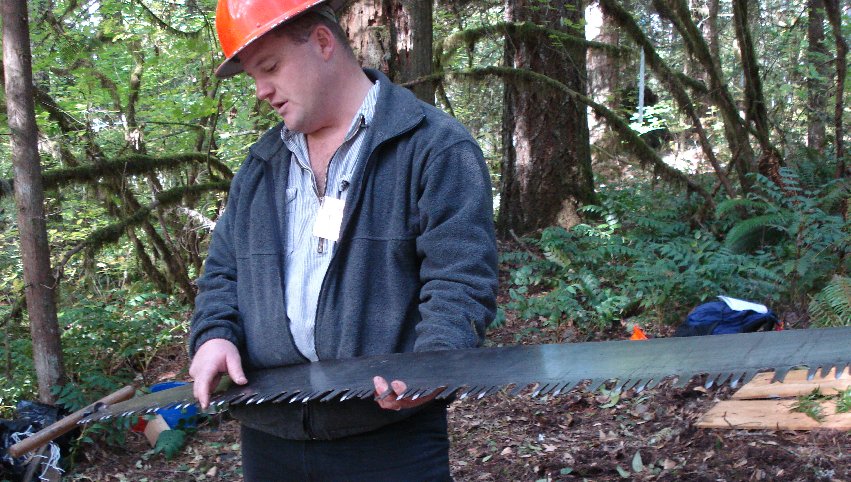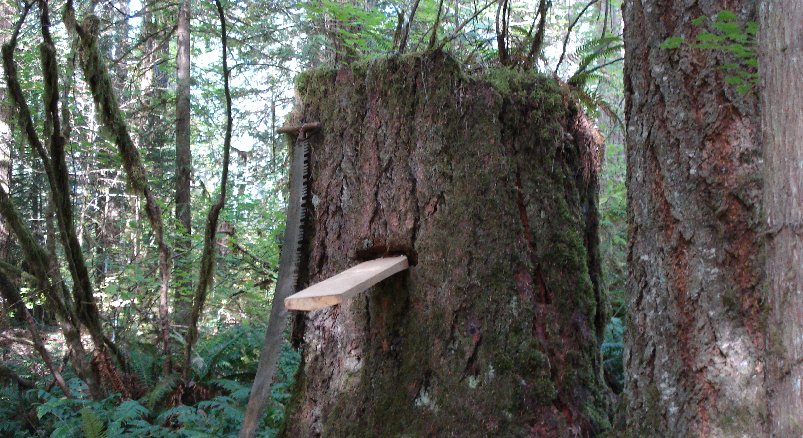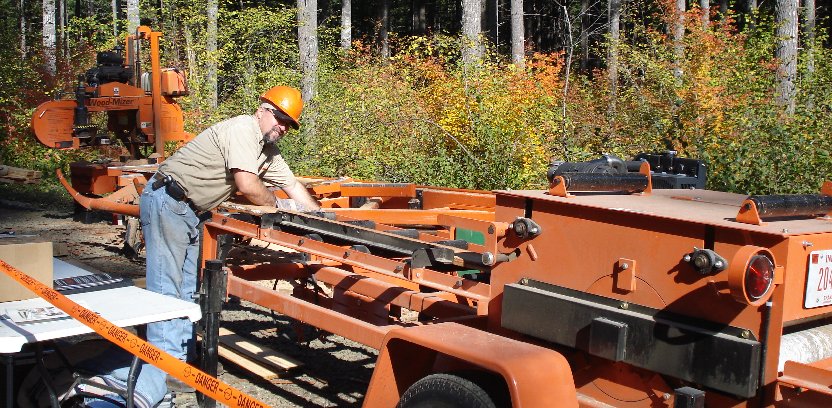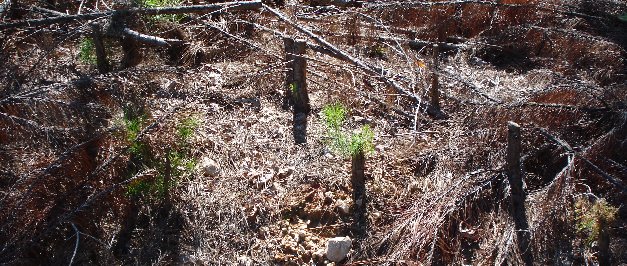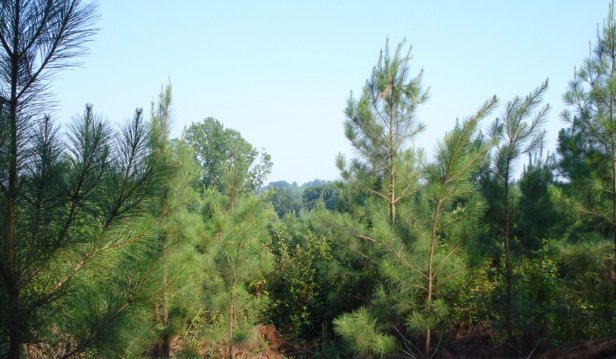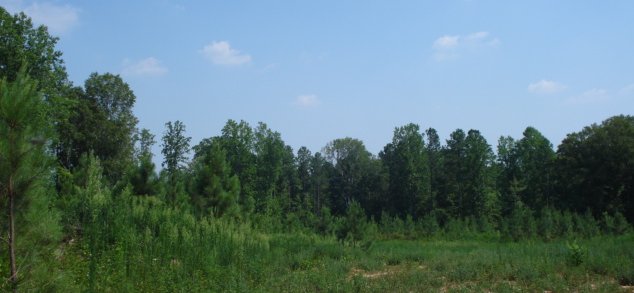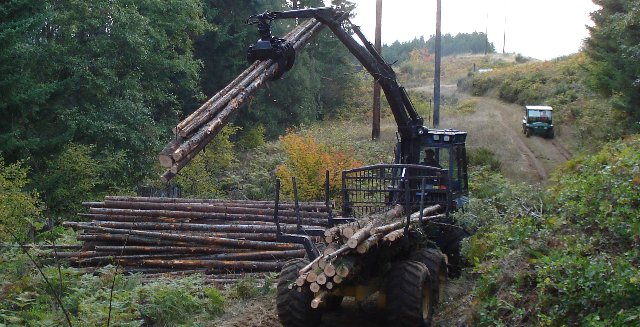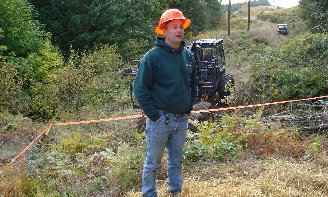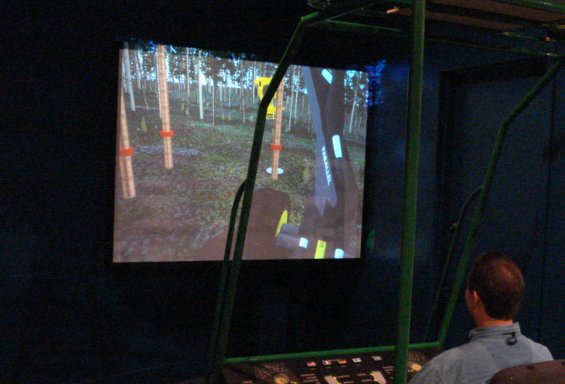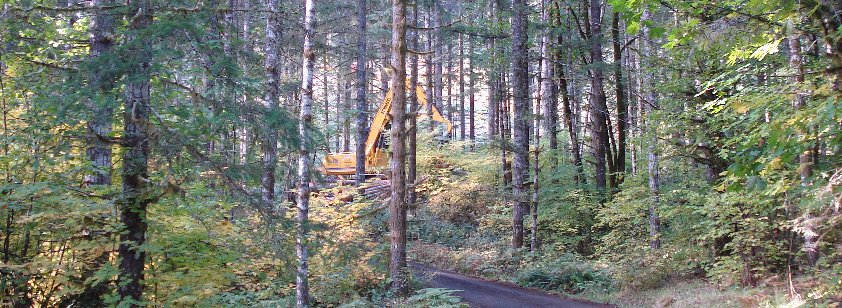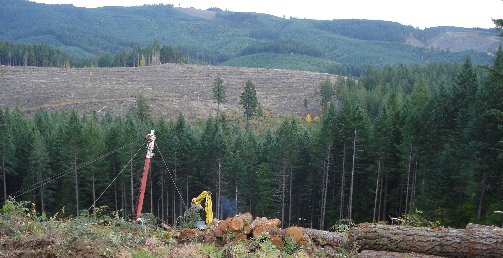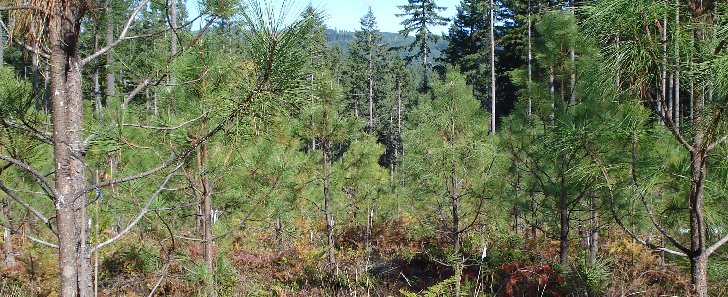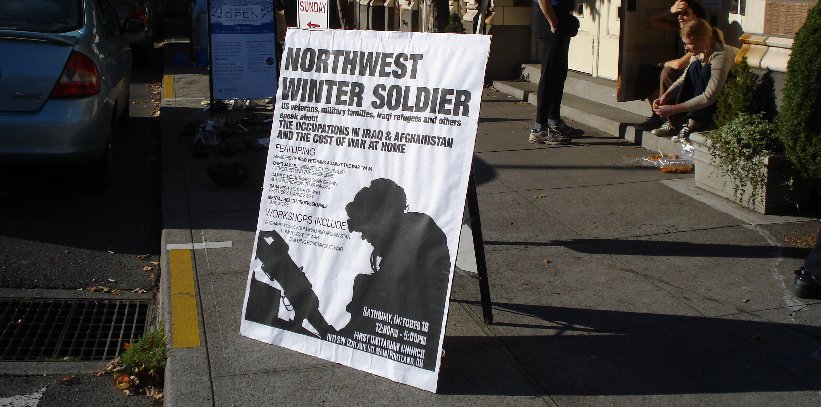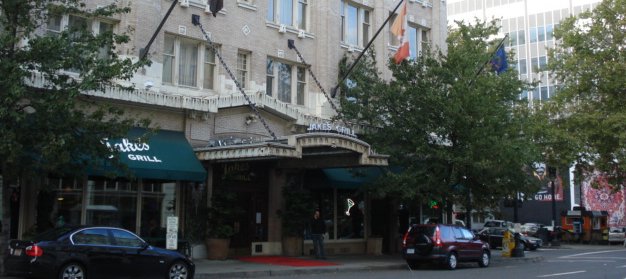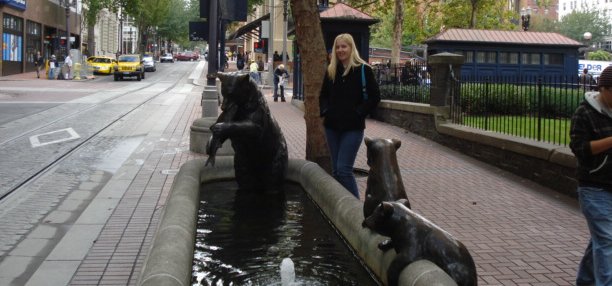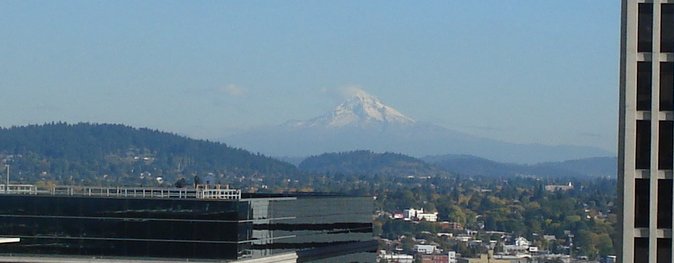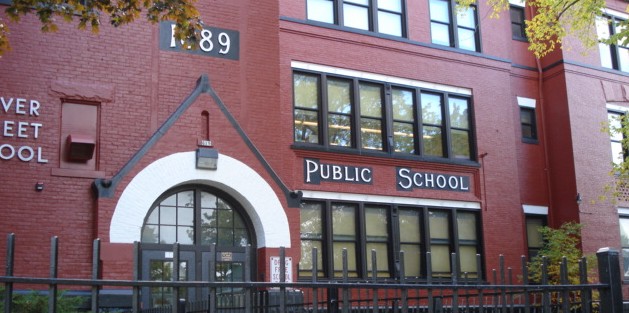Below are trees at FSI. They are all sweet gums, all about the same age growing in almost the same spot, yet for some it is fall color time and for others it is still summer.
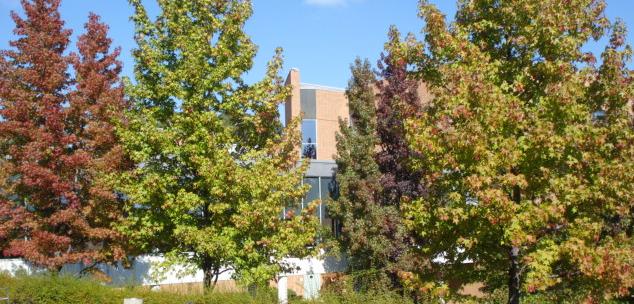
Today we did a simulation exercise on leadership. It was fun and useful but not realistic. Leaders were decided essentially by random chance and after that the game was specifically rigged to give the leaders continuing advantages in gaining points. I was lucky enough to be one of the three leaders and although I firmly believe the redistribution is a bad idea in most cases, in this artificial game with points distributed by random chance that is what I advocated and what we did.
I think the game was designed to show us how power and privileges can be distributed unfairly. I understand that and I got the point, but the game made me think about the real world versus the simplified and contrived one in the game. Luck plays a role in life’s outcomes, but so do things like hard work, expertise and smart decisions. In the case of leadership we could also add judgment, integrity and vision. Leadership opportunities and skills are NOT randomly distributed in real life. I think that is the real point about learning re leadership. Otherwise there wouldn’t be much use to study it or try to develop it. That certainly doesn’t mean that the same people should be in charge always and in every situation, but it should not be a random event.
“Asking ‘Who ought to be the boss’ is like asking ‘Who ought to be the tenor in the quartet’, obviously, the man who can sing tenor.” So said Henry Ford and he was right. Sometimes the situation determines who should do what. Games cannot really catch all that goes into a decision like that, which is probably why most people who can consistently win at Monopoly aren’t rich developers in real life and why you wouldn’t want your appendix removed by somebody who plays a doctor on TV. We all know that. The problem comes when people have a simplified game-like interpretation of things in real life w/o thinking about it. I think that is one big reason why socialism and its relatives still maintain their hold on minds of the credulous.
Another interesting take away for me was different attitudes toward leadership. One of my colleagues in the “leadership council” essentially wanted to abdicate the position and just let the group decide by consensus. Her rationale was that we got the jobs essentially by random chance and so did not deserve it. While she was right, I really disagree with her reaction. I know it was just a game, but in this game and I think in a real situation the leader has the responsibility to lead. Maybe you should lead to the group to another leader, but just letting the group drift is not an option, IMO. It is a problem with leadership in government that we too often do just that. I admired the Marines for their attitude, which is a different. If a Marine finds himself in a leadership role, he takes it and does his best. They have it right. Leadership is a duty, not a privilege or perk. If it falls to you, you have to do the best you can until there is an alternative. Capitulation is cowardly. Anyway, the day was useful and the game was useful because it stimulated a lot of thought and discussion. For we read an article re emotional intelligence of groups. It was a disappointment. I read the book “Emotional Intelligence” many years ago. It is an interesting concept, but it can easily be taken too far and applied to precisely. I think the useful aspects of article we read could have been summed up in a couple of paragraphs. It was a waste with all the pages.
Below – the same fall-summer thing goes for this maple branch.
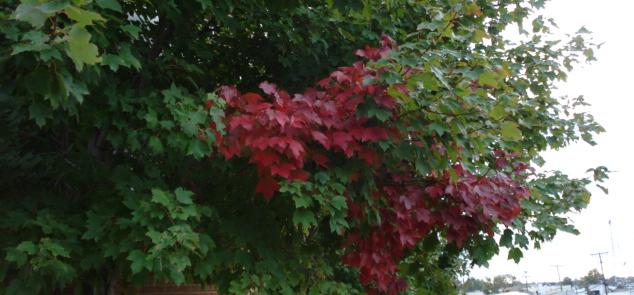
Below – they are building a new apartment near my house. This thing takes wet concrete in the bottom and can distribute it way into the construction site. I am interested in this as part of my general theme re how much industry has changed and replaced people with machines. This thing does the job of dozens of workers. Jobs have not gone overseas; they are just gone. Industry will eventually be like agriculture, with few workers producing the products for everybody else.
